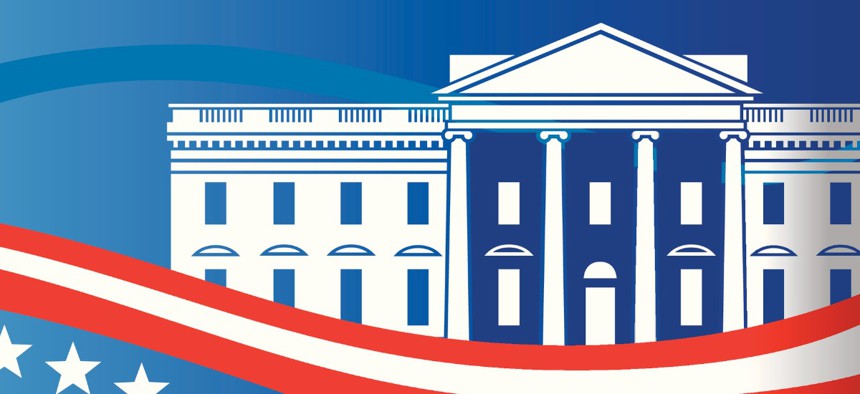White House Makes Major Updates to Customer Experience Guidance

dddb/istockphoto.com
Equity, a Biden administration priority, has been included in the government’s expanded definition of customer experience.
The Office of Management and Budget expanded the definition of customer experience and made significant additions and changes regarding how agencies should serve customers and deliver services in an update to its Circular A-11 guidance.
The changes—the first since August 2020—appear in Section 280 of the guidance, and reflect both new Biden administration priority areas like equity as well as an elevated level of importance agencies should place on customer experience.
“As a Federal government, it is our responsibility to ensure that every interaction a member of the public has with their government demonstrates competence and builds trust,” the guidance states. “To that end, measures of experience (including measures of equity (e.g., participation), effort (burden/friction), and those outlined further in this guidance) are of co-equal importance as traditional measures of financial and operational performance, and which this document begins to outline an accountability framework to deliver.”
Stephanie Thum, former vice president of customer experience at Export-Import Bank and founder of Practical CX, told Nextgov the guidance update could represent an “inflection point” for federal customer experience practitioners and ups the ante on customer experience efforts undertaken by the previous two administrations.
“Historically, one of the reasons CX has fallen to the wayside is because of waning priorities,” said Thum, who authored an in-depth blog post on the guidance. “CX has been viewed as one of those unglamorous battles, but this is meaningful guidance that says, ‘CX is just as important for leaders to look at as financial and operational performance.’”
The guidance introduces new terms customer experience professionals and managers in government will want to add to their vernaculars. For example, the guidance directs the Office of Management and Budget to identify “priority life events”—or priority life experiences—“that require members of the public to navigate a service (or services) across the boundaries of multiple federal programs, agencies or levels of government.” Examples include starting a small business or receiving certain government benefits, but the aim is to improve how agencies work together to provide better experiences for services potentially millions of customers receive.
“OMB will provide leadership, a governance structure, and dedicated support to agencies through the President’s Management Council to tackle improvements for these life experiences,” the guidance states.
Previous instances of customer experience guidance were geared toward major agencies, or what OMB defined as high-impact service providers, or HISPs. These are agencies like the IRS or Social Security Administration that routinely deal with millions of customers each year. The new guidance, however, is broader in scope.
“It doesn’t look like much to the average eye, but only applying the guidance to HISPs never made sense,” said Martha Dorris, CEO of Dorris Consulting International and a former federal CX practitioner. She called the guidance update “the next step of driving customer experience maturity across government” and said it ensures customer experience “can’t be an afterthought” for agencies.






